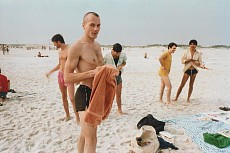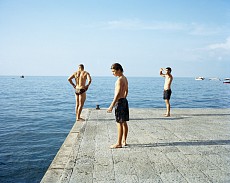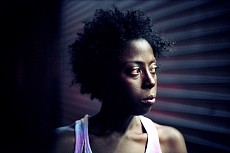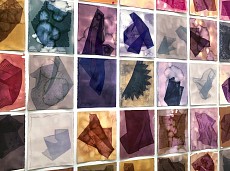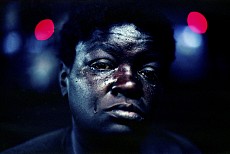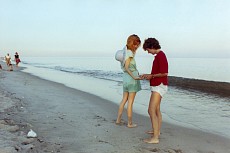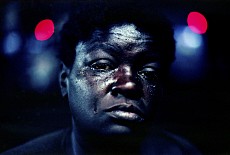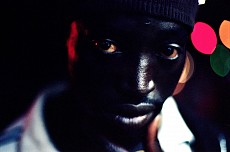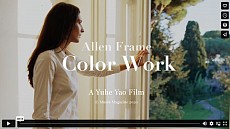KLEA McKENNA at SFMOMA
March 6, 2021
Close to Home: Creativity in Crisis
Curated by Corey Keller
March 6 – September 5, 2021
Close to Home: Creativity in Crisis brings together seven Bay Area artists "• Carolyn Drake, Rodney Ewing, Andres Gonzalez, James Gouldthorpe, Klea McKenna, Tucker Nichols, and Woody De Othello "• and their deeply personal responses to the COVID-19 pandemic and social upheaval of 2020. Their projects emerged from the profound curtailing of daily life that resulted from shelter in place: the disruption of routines and the inaccessibility of studios or materials, the instability in employment, and the delicate and sometimes untenable balance struck between family needs and work obligations. These challenges demanded an adaptive way of working; rather than closing off opportunities, the constraints prompted new approaches and new lines of inquiry.
Individually, the artists demonstrate a startlingly wide range of artistic, emotional, and political responses, a reminder of how this unprecedented period affects each of us differently. Taken together, their work emphasizes our shared experience in this collective crisis.
link to SFMoMA
click below to read about Klea's installtion No Feeling Is Final, 2020
Read More >>
Download Article (PDF)

